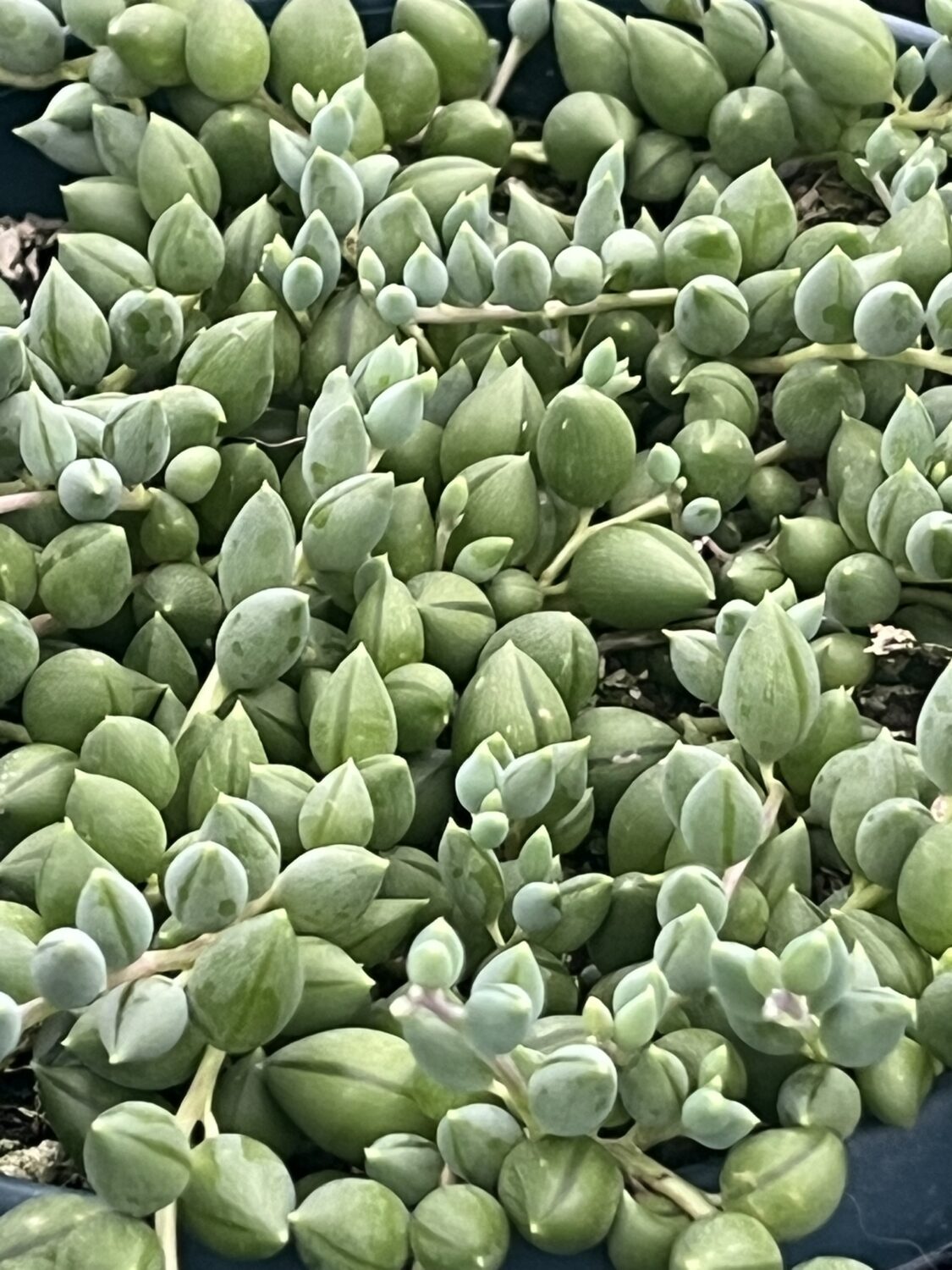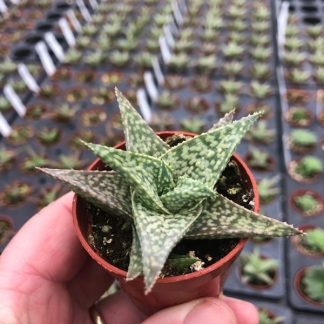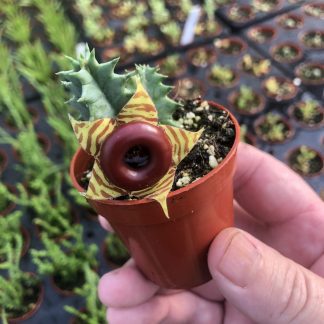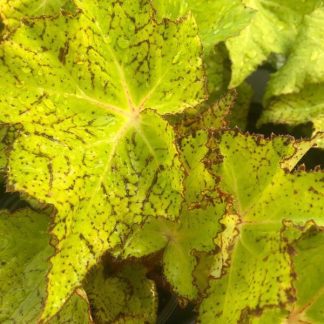Description
Senecio herreanus ‘String of Tears’: A Complete Guide to Growing and Caring
Succulents have a way of catching our attention. They are simple, yet full of charm. One plant that does this beautifully is Senecio herreanus, better known as the ‘String of Tears.’
Its vines spill gracefully over pots like strands of green beads. Each bead is shaped like a teardrop, storing water and glistening in the sun. This plant is a true showstopper—both delicate and surprisingly hardy. Whether you are just starting your plant journey or have years of experience, the String of Tears can bring a soft, calming beauty to your space.
This guide will walk you through everything you need to know about this succulent. From its unique traits and growing conditions to styling ideas and troubleshooting tips, you will learn exactly how to help it thrive.
Meet the ‘String of Tears’
The ‘String of Tears’ is part of the Asteraceae family and is native to Namibia and South Africa. In the wild, it trails along sandy ground, thriving in dry, rocky areas. Its adaptations for survival—thick leaves, minimal water needs, and sun-loving nature—make it perfect for indoor pots and hanging baskets.
Why It’s Special
-
Teardrop Leaves: Each leaf resembles a perfect droplet of water. This shape is not just for looks—it helps the plant store moisture for long dry periods.
-
Trailing Growth: Long vines can grow up to three feet, making them perfect for shelves, hanging pots, and cascading displays.
-
Small Footprint: The plant itself doesn’t take up much soil space, so you can tuck it into small corners of your home.
-
Delicate Flowers: In the right conditions, it produces tiny white flowers with a cinnamon-like scent. It’s subtle, but delightful.
-
Easy to Propagate: A single vine can give you many new plants, perfect for sharing or expanding your collection.
Ideal Growing Conditions
Creating the right environment for your String of Tears is key. Think of where it comes from—dry, bright, and airy landscapes. Recreate that, and your plant will reward you with strong growth and lush vines.
Light
The String of Tears loves bright, indirect light. A sunny windowsill that gets morning light is perfect. East- or south-facing windows are ideal indoors. Outdoors, give it dappled light or morning sun with afternoon shade. Too much harsh light can scorch the leaves, while too little light causes them to stretch and lose their compact teardrop shape.
Tip: If your home is darker, consider using a grow light to supplement natural light.
Temperature and Humidity
This succulent thrives in warm conditions—between 60°F and 80°F (15°C–27°C). It cannot handle frost. If you live in a cooler climate, bring it inside when nighttime temperatures drop below 50°F (10°C).
Humidity is not a major concern. The plant prefers low to moderate humidity, which makes it perfect for typical indoor conditions.
Soil
Good drainage is everything for this plant. Use a cactus or succulent potting mix or make your own by mixing:
-
2 parts potting soil
-
1 part coarse sand or pumice
-
1 part perlite
This ensures water flows through quickly and prevents rot.
Containers
Choose a pot with drainage holes. Hanging baskets, shallow bowls, or trailing planters all work well. Terracotta is a good choice because it lets soil dry faster, which the String of Tears prefers.
Watering and Feeding
The most common mistake with the String of Tears is overwatering. Its thick leaves store water, so it can go weeks without a drink.
The “Soak and Dry” Method
-
Water deeply until water runs out the bottom of the pot.
-
Wait until soil is completely dry before watering again.
In spring and summer, this usually means watering every two weeks. In fall and winter, cut back to once a month.
Fertilizing
During active growth (spring and summer), feed every 4–6 weeks with a diluted succulent fertilizer. Skip feeding in winter when the plant rests.
Seasonal Care
Like most succulents, the String of Tears grows most actively in spring and summer. During this time, water and feed regularly, and expect vines to lengthen quickly. In fall and winter, slow down care—less water, no fertilizer, and cooler temperatures help the plant rest.
Pruning and Maintenance
Pruning keeps your plant neat and encourages fuller growth. Trim any leggy or damaged vines with clean scissors. Use these cuttings to propagate new plants (more on that soon).
Dust can collect on leaves, especially in indoor spaces. Gently rinse them with lukewarm water every few months to keep them looking fresh.
How to Propagate String of Tears
Propagation is simple and rewarding. Each vine can become a new plant with just a few steps.
Step 1: Take Cuttings
Cut a 4–6 inch vine from a healthy plant. Remove the lower leaves from the bottom inch.
Step 2: Let It Callous
Lay the cutting in a dry, shaded spot for 1–2 days until the cut end forms a dry layer. This helps prevent rot.
Step 3: Plant or Water Root
-
Soil Method: Place the calloused end into succulent soil and water lightly.
-
Water Method: Place the stem in water (just the stem, not the leaves) until roots form, then transfer to soil.
Step 4: Care for New Plants
Keep the soil slightly moist until roots take hold (about 2–3 weeks), then follow regular watering routines.
Common Problems and Fixes
Even easy plants have challenges. Here are the most common issues you might face with String of Tears and how to fix them.
Overwatering
-
Signs: Mushy stems, yellowing leaves, foul smell from soil.
-
Fix: Stop watering, remove damaged vines, and ensure soil drains well.
Underwatering
-
Signs: Wrinkled or shriveled leaves.
-
Fix: Water thoroughly and adjust schedule to prevent extreme dryness.
Leggy Growth
-
Signs: Long gaps between leaves, vines stretching toward light.
-
Fix: Move plant to brighter light and prune back to encourage bushiness.
Pests
-
Signs: White cottony spots (mealybugs) or fine webs (spider mites).
-
Fix: Isolate plant and treat with neem oil or insecticidal soap.
Repotting
Repot every 2–3 years or when vines become crowded. Spring is the best time to repot, as the plant will quickly recover during its growth season. Always use fresh, well-draining soil and a slightly larger pot.
Styling Ideas
The String of Tears is more than a plant—it’s a living decoration. Its trailing form offers endless styling possibilities:
-
Hanging Baskets: Perfect for creating a green waterfall effect indoors or on patios.
-
Shelf Displays: Place on high shelves for dramatic trailing vines.
-
Mixed Containers: Combine with other succulents in shallow bowls for texture and color contrast.
-
Table Centerpieces: Shorter vines look elegant in small dish gardens.
Its delicate, bead-like foliage softens modern spaces and adds movement to rustic or bohemian decor.
Why Choose Senecio herreanus?
The String of Tears offers a mix of beauty and simplicity. It thrives on minimal care yet looks lush and graceful. For those who love plants but fear overcomplication, it’s a dream choice. Its resilience makes it forgiving for beginners, while its unique look appeals to collectors seeking variety.
This plant reminds us of nature’s quiet artistry—small details, simple shapes, and a design that works perfectly in both wild deserts and cozy living rooms.
Bringing It All Together
Adding a String of Tears to your space is more than just owning a plant. It’s about inviting calm beauty into your daily life. Its cascading vines soften shelves and brighten corners. It asks for little yet gives so much in return.
With the right care—bright light, well-draining soil, and patient watering—you’ll enjoy its graceful growth for years. And with how easily it propagates, you may soon have more than one trailing through your home or garden.
Bring one home, give it a sunny spot, and watch as this simple succulent becomes a favorite part of your plant family.
Ready to let the String of Tears spill beauty through your space? This resilient succulent will surprise you with how easy—and rewarding—it is to grow.




